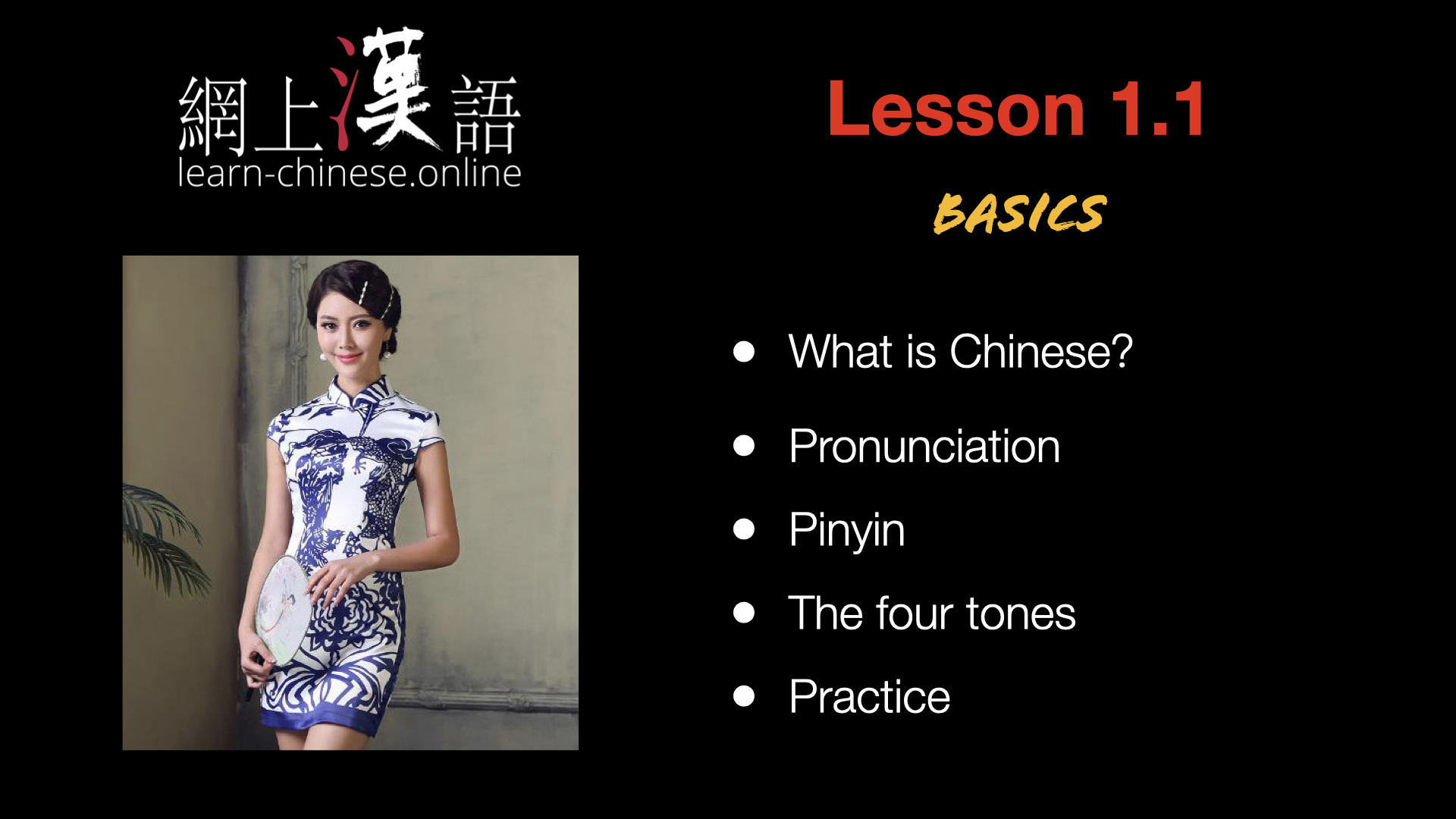Chinese painting
The chinese painting is the traditional pictorial art exerted in China for more than thousand years. Its roots take source in an original way of thinking much older which stresses the unity of the man and cosmos and the uninterrupted dynamism of this universe. More than representation of a form, Chinese painting seeks to express the heart, the internal movement of the beings.
Generally, Chinese painting is made up of one or more poems, calligraphy, a painted image and the seal of the artist. Various methods must be distinguished:
- Gongbi technique (The careful brush or the skilful brush) is characterized by its delicay and its precision in detail.
- Baimiao technique (Drawing the line) draws only contours with black ink. It is attached to Gongbi.
- Mogu technique (Without frame) is similar to Gongbi, but it does not draw contours.
- Xieyi technique (To write the idea or To write the intention) is characterized by a full layout and mainly uses the principle of the range.
- Shuimo technique (Ink and water) are a style of Xieyi, but only carried out with black ink, while exploiting the ranges.
The purpose of Chinese painting is to carry out in the greatest concision an artistic charm carrying a meaning of the infinite. Indeed, in the Chinese traditional thought, the universe consists of breaths (qi) of various densities and always moving, source of the life. To recreate these breaths in an image gives it life and established a direct link between the universe, painting and the human. Thus the act to paint or contemplate a painting makes it possible to find the unity with cosmos. Consequently, it is more than a simple aesthetic work: it's an art of living. Rhyme of the breaths and movement of life is, to my mind, an excellent expression to catch the meaning of Chinese painting.
The formats used in Chinese painting are very varied. Most known are the large roller, the horizontal format, the range, etc.
The subjects can be peoples, landscapes, flowers and birds, mammals, insects and fish, architecture, etc. The sources of inspiration are thus directly in nature, but also in paintings of the former Masters.
The landscapes, the characters and the flowers and birds are the three preferred topics of the Chinese painters. It implies a thorough study of the plants and flowers according to the four seasons and of the aspect of the birds, the insects, fish and the mammals.
The essential points of the composition of Chinese paintings are:
- The general organization and directions (rising, downward, supported, etc).
- The density and the gathering (or dispersion). The old painters, to give an indication of the density of a painting, used this expression: Spaced that even a horse can cross, dense that even the wind cannot infiltrate.
- The vacuum. In Chinese traditional painting, the vacuum has a very important place. It can represent the sky, the ground, water, the clouds, etc. It makes possible to give an image in painting but also to project the spectator in a world much vaster, even infinite, by leaving a free ground for imagination. Contemplation takes support on the full part of the painting like a springboard to be propelled in the absolute through the empty part. The Chinese poems are based on the same principle.
- Much more important are the inscriptions. They include the title, contents (poem, prose, description, history, etc), the name of the author and his seal. All must be calligraphy in different styles according to what the artist wants to express. The life of the painting depends of the choice of the inscriptions and their positions. It is they which complete work. Without them, painting is only one body without life.

































